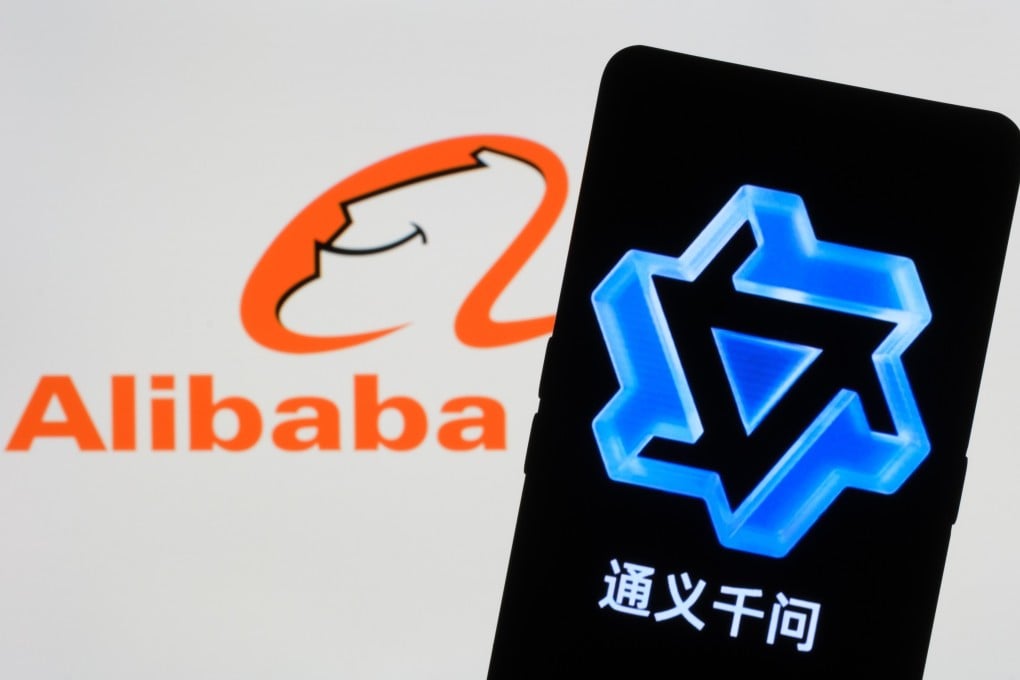Alibaba says new AI model Qwen2 bests Meta’s Llama 3 in tasks like maths and coding
- Alibaba said its latest large language model holds up against the most cutting-edge open-source models like those from Facebook owner Meta Platforms

Qwen2 comes in five variations. The high-end Qwen2-72B model consistently offered better results than Meta’s Llama 3-70B – the strongest open-source AI model from the Facebook owner – in various benchmark tests, according to Alibaba. Tests include maths, coding, natural and social sciences, engineering and the humanities, the company said in a post published to the model’s official GitHub page.
Alibaba, which owns the South China Morning Post, has launched Qwen2 just one month after unveiling Tongyi Qianwen 2.5, which is closed source. The company said at the time that model performs better in various Chinese capabilities than GPT-4, OpenAI’s most advanced model, which is also closed source.
The five variations of Alibaba’s Qwen2, from the more nimble Qwen2-0.5B to its most sophisticated Qwen2-72B, have between 490 million and 72.7 billion parameters. They are also trained on 27 languages, in addition to Chinese and English: nine from Europe, four from the Middle East, and 14 from Asia.
The rapid follow-up launch of a new AI model, with capabilities matching leading global models, reflects the confidence that the Chinese firm has in funnelling an increasing amount of resources into an AI race that has engulfed much of the tech industry.